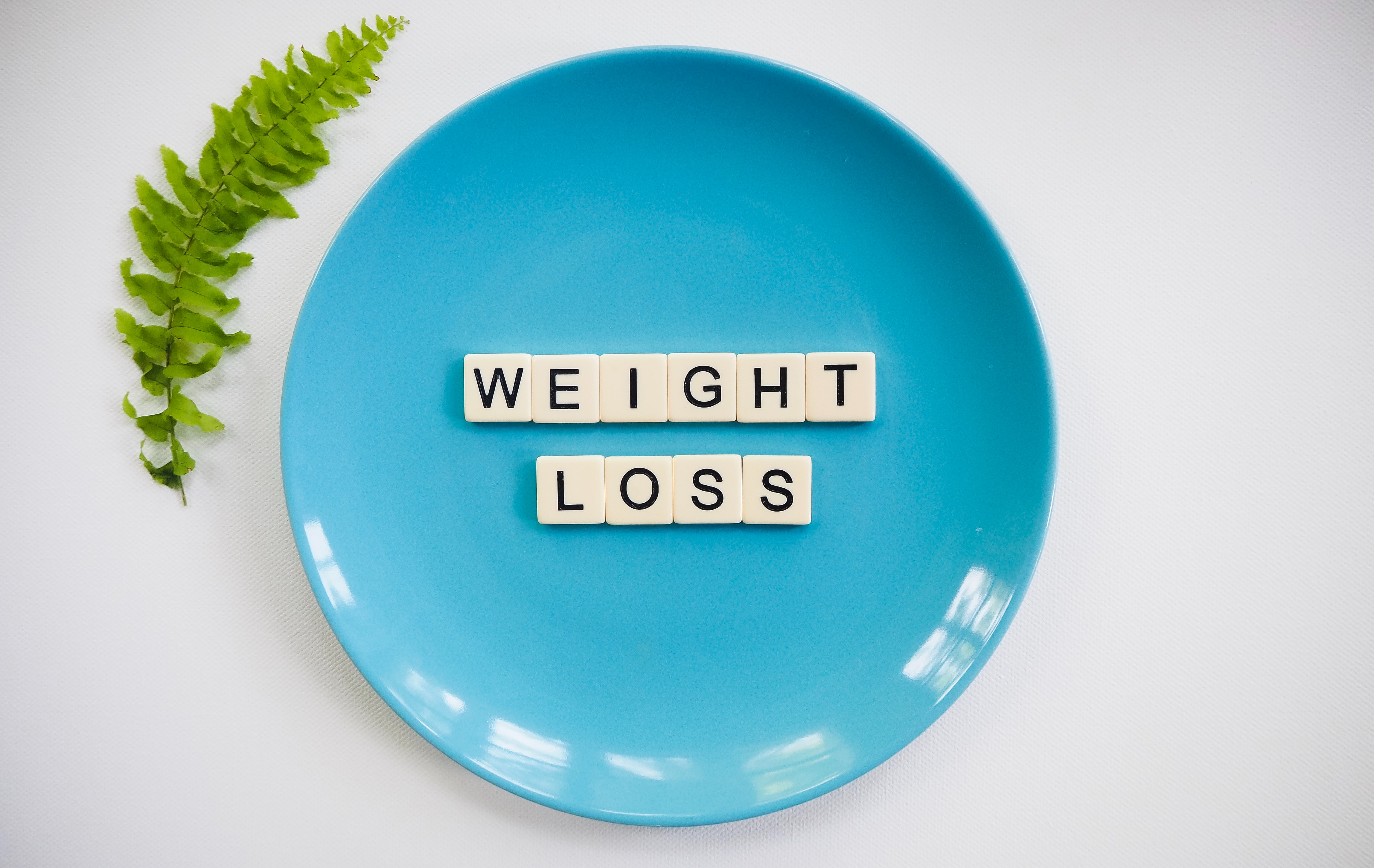A fellow reader of the Napa Register reached out with an interest in maintaining a healthy weight. She shared that she had lost over thirty pounds at sixty-nine years old. I commend this reader on her enthusiasm in refining her lifestyle to achieve a healthy weight. Losing a substantial amount of weight is no easy task. Pivoting eating habits, adhering to regular exercise throughout the week, and managing phenomenological lifestyle changes requires concentration and effort. Weight management is challenging. As we age, our metabolism decreases. However, the advancement of our age and the slowing of our metabolism is usually not the primary culprit when it comes to gaining excess weight. Every half decade, our lives change. Relationships, jobs, and the location of where we live shifts. These variables cause waves of change that take time to acclimate to. When these waves occur, our healthy lifestyle habits are threatened with disrupting situations.
As these lifestyle fluctuations occur, we might see a decrease in physical activity. This could indicate a decrease in daily calorie expenditure. Obligations toward our jobs, schoolwork, or interpersonal logistics requiring meetings, text messages, phone calls, and emails consume a significant amount of time. As the clock ticks, minutes fade away throughout the day. As these obligations occur, one of the first things that get hindered is our nutritional decisions. It’s a well-known fact that the less we move and the more food we eat, the more likely we are to gain weight. This weight gain is commonly in the form of fat in less than preferred locations on our body such as our arms, belly, and hips.
The good news is, nutrition is usually the lowest hanging fruit when looking for attainable solutions to gaining excessive weight. Our tactics and decision-making abilities are a great starting point to refining nutritional habits. Here are a few relatively simple tactics we teach our personal training clients as an effective preparatory meal consumption sequence:
- Identify your portion size: The human body was designed with two hands. Some people have larger hands than others. However, each hand is a perfect measuring tool. We can use these tools as a method to visually see how much food we should be eating. No need to brandish the postage scale and measure how much mass of each food equates to how many calories are in our food. Simply adhering to ensure the amount of food we consume at one meal equates the capacity that can be physically held in two handfuls serves as a mechanism to make sense of if we are having too much or not enough food in one sitting. Think about having more than two handful of food in your stomach. Does that sound comfortable?
- Identify carbohydrates and proteins in each meal: Get those hands out again. Supinate them so the palms face upward. Ensure one hand is full of carbs and the other is full of protein specific food. In the hand wielding carbs, be sure to consume low sugar and low glycemic index foods that digests easily. The other hand should be filled with lean protein. Implementing this tactic ensures adequate carbohydrates to be used throughout the day for energy and protein responsible for lean muscle synthesis and repair.
- Drink a full glass of water with every meal: Water is essential for an immense portion of our nutritional well-being. Without delving too deeply into the science of proper hydration, drinking a full glass of water after each meal will aid in digestion so nutrients from the meal are absorbed sufficiently throughout the blood stream and delivered to the organs of the body in an efficient manner. Additionally, consuming water after each meal gives a feeling of satiation.
Shifting weight management to autopilot is a challenge. However, we have the proper tools equipped to our bodies available to assist us in optimal dietary decisions. We can utilize our hands as tools for portion size and balance protein and carbohydrate consumption. Drink water at every meal as a ritual to stay at a healthy weight, have sufficient energy, and support our body.
Sean McCawley, the founder and owner of Napa Tenacious Fitness in Napa, CA, welcomes questions and comments. Reach him at 707-287-2727, napatenacious@gmail.com or visit the website napatenaciousfitness.com.

